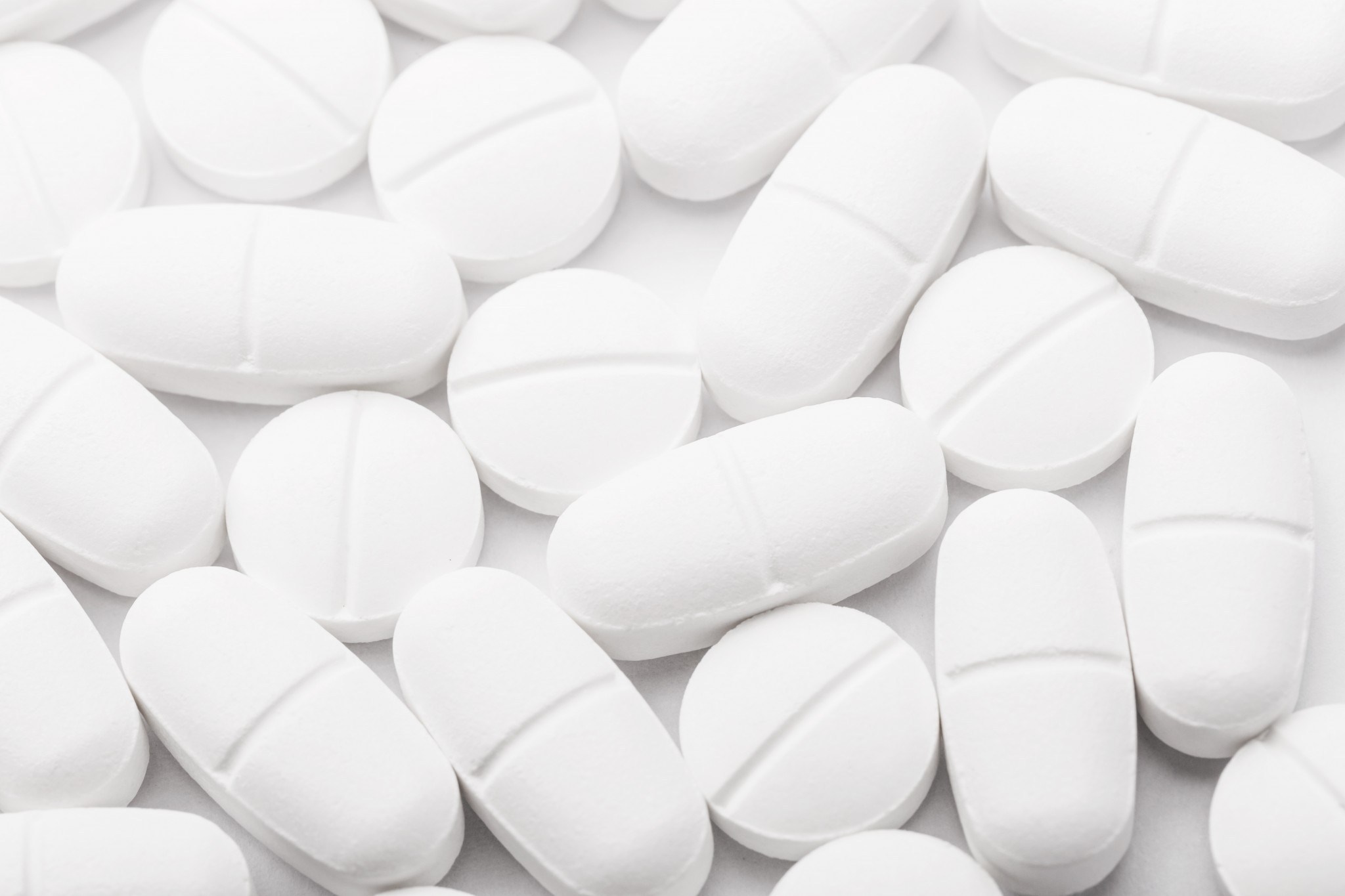Paracetamol is a well-known medication that is generally used to relieve pain and lower fever. The World Health Organization (WHO) considers paracetamol to be an essential medicine in a basic health system. Paracetamol is known by a wide variety of brands and is used in a variety of pain and cough/cold formulations designed for children and adults.
Paracetamol Product Names
Paracetamol is made by several different pharmaceutical manufacturers, and each one gives your product a different brand. Paracetamol is known as acetaminophen in some countries. The packaging must indicate if the product contains paracetamol or not, and how much. This will usually be in milligrams (mg), such as 200/500 mg of paracetamol.
Paracetamol with Other Medications
Paracetamol is combined with other ingredients in several products. It can be combined with a decongestant – a type of medication that provides short-term relief for a stuffy nose and sold as a cold as well as a flu remedy. Paracetamol can also be combined with other pain relievers in medications, such as Ixprim (paracetamol and tramadol) or Solpadeine, Tylex (paracetamol and codeine). Check out more about great tasting of paracetamol on https://www.dymadon.com.au
Consideration
Do not exceed the maximum dose indicated on the packet or patient information leaflet when taking paracetamol and do not take paracetamol with other medications that contain paracetamol. Paracetamol should be used with caution in people who have kidney problems, liver problems, and alcohol dependence.

Pregnancy
Paracetamol has been regularly used at all stages of pregnancy to reduce a high temperature (fever) and relieve pain. Paracetamol should be taken at the lowest effective dose for the shortest possible time as with any medication used during pregnancy.
Breastfeeding
Paracetamol is considered the best option to relieve pain when breastfeeding. The amount of paracetamol that is probable to pass into breast milk is too small to be harmful to the baby. Click here for more about paracetamol for mild to moderate pain.
Side Effects of Paracetamol
Side effects of paracetamol are rare, but may include:
- an eruption
- blood disorders like leukopenia (low number of white blood cells) and thrombocytopenia (low platelet count)
- hypotension (low blood pressure) when administered in the hospital for infusion
- liver and kidney damage, when taken in doses higher than recommended
It is not known that paracetamol, taken at the recommended doses, causes any adverse effects that may interfere with your ability to drive securely.
Interaction with Other Medications
When two or more medications are taken at the same time, the other can alter the effects of one of them. This is known as pharmacological interaction. Paracetamol may interact with the following medications:
- Carbamazepine: treats a number of conditions, including epilepsy and some types of hard pain.
- Cholestyramine: treats a number of conditions, including itching caused by primary biliary cirrhosis.
- Imatinib & Busulfan: treat some types of cancer.
- Coumarins: they are present in oral anticoagulant medications, such as warfarin.
- Domperidone & Metoclopramide: relieve diseases and treats a number of conditions, including indigestion.
Use in Children
Babies and children can take paracetamol for three months. Occasionally, your doctor may advise that your baby can take paracetamol when they are less than three months old. For instance, a dose of paracetamol for children can be given to children two to three months of age if they have a high temperature after vaccines. This dose can be repeated once after four to six hours. However, any other dose should be on the advice of your doctor.






